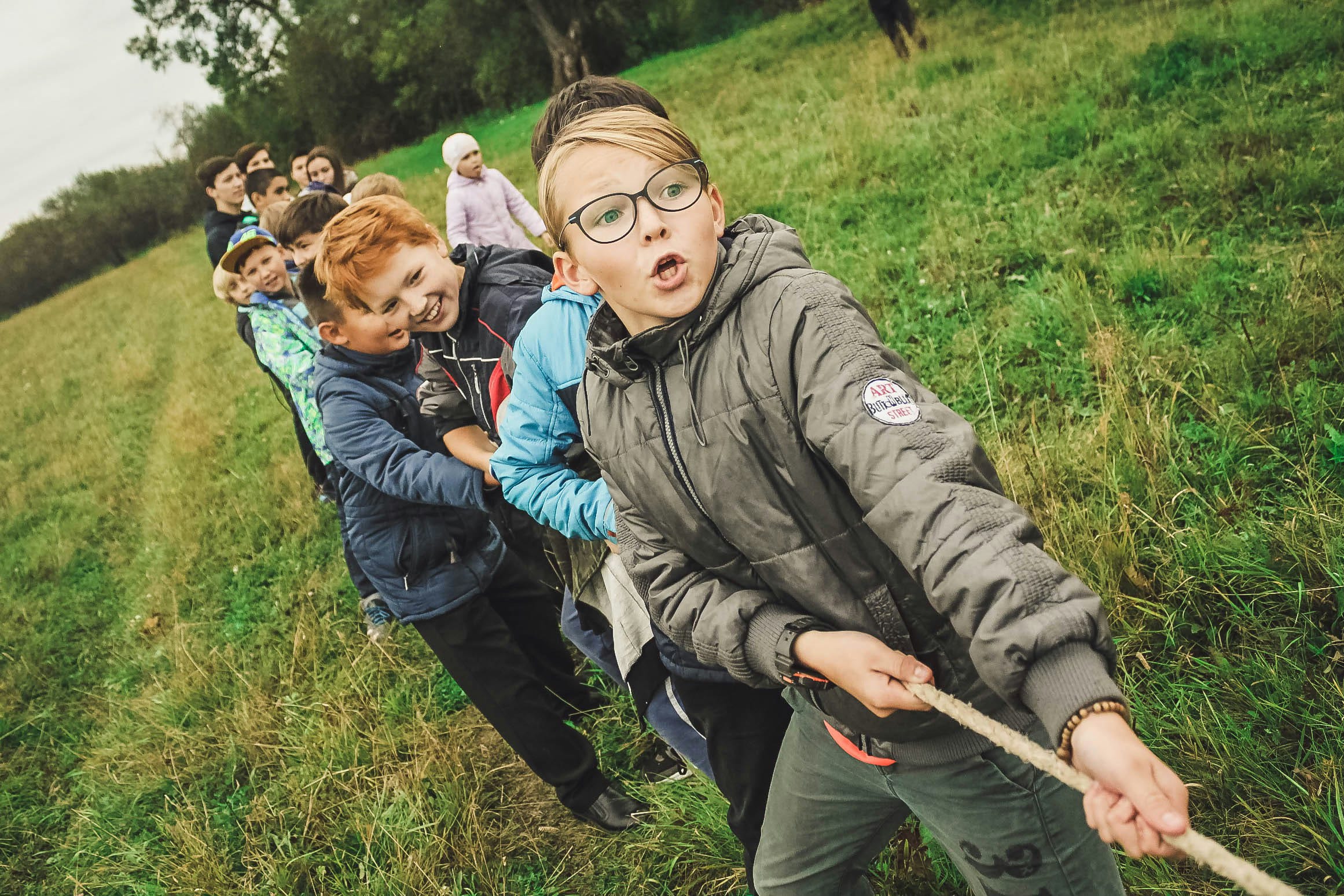
Photo by Anna Samoylova on Unsplash
Reading has always been part of my family for as long as I can remember. Some of my earliest memories are of my parents buying books from those traveling salespeople who used to go door to door selling encyclopedias—Brittanica, Barsa, Larousse, you name it. We always had a room dedicated to books, where we kept the dictionaries, classic literature, and those giant encyclopedia volumes that made you feel smarter just by being in the same room with them.
Both of my parents set the example early on that reading wasn’t just good—it was essential. It gave you knowledge, perspective, and a window into different cultures that, for most people, would be impossible to experience otherwise. I had no idea back then that I would one day leave Brazil and actually experience other cultures firsthand. At the time, books were the cheapest and easiest way to travel without leaving home.
But it wasn’t until third grade that I truly fell in love with reading. My teacher introduced our class to the idea of a book club and asked all the parents to chip in to help her buy books to fill an old wooden armoire that became our classroom library. We even had a little system—there was a president, a vice president, and a treasurer who logged every book that was borrowed and how long you could keep it.
The first book I borrowed was Treasure Island. To this day, just thinking about that book brings back the smell of that classroom and the feeling of discovering a whole new world for the first time. For a long time after that, I became obsessed with stories about shipwrecks and high-seas adventures until I eventually started exploring other genres.
By the time I was 12, everyone in my class had read The Paul Street Boys by Ferenc Molnár. It tells the story of a “war” between two groups of boys in Hungary who battle over a little lot they use as their playground. One group defends their home turf with the colors of the Hungarian flag—red, white, and green—while the other wears red shirts and tries to take it over. I loved that book so much I read it several times. The beat-up copy we had made its way through our entire friend group and is 100% responsible for shaping my ideas about friendship, loyalty, and belonging.
It also inspired one of the greatest adventures of my childhood.
One day, one of my friends had the genius idea that we should recreate the “war” from the book. So we split our neighborhood into two teams. My house became the headquarters for my team, and about a block and a half away, another friend’s house became the base for the other side. We even made membership cards and swore loyalty to our teams like it was a sacred oath.
Our weapons: water balloons and something nature provided in abundance where we lived—the fruit of the mamona (castor oil) plant. If you’ve never seen one, it’s a green spiky ball about the size of a walnut. The seeds are poisonous, but the dry fruit was perfect for throwing—harmless but enough to sting and leave a mark. If you got soaked or hit by a mamona “bullet,” you were out.
The flags were kept at each headquarters, and whoever stole the other team’s flag first would win.
The day of the battle finally arrived, and everyone showed up armed and ready. We even reenacted the classic “parley” scene halfway down the street where the team leaders met to demand surrender—full of dramatic speeches and 12-year-old bravado. At one point, I sent my German Shepherd—his name was Samba—charging down the street to scare the other team into retreating. What they didn’t know was that my dog was the least threatening dog on the planet—his favorite game was chasing rocks. So I threw a rock near the other team, and off he went. They scattered in fear until they realized what was actually going on and sent him back with a laugh.
The battle lasted hours. There were casualties everywhere—wet clothes, bruised knees, and scratches from mamona plants—but nobody wanted to surrender. It finally ended when one of our teammates pretended to betray us, infiltrated the enemy base, and stole their flag in a full-speed zigzag sprint back to our side. Victory was ours.
That day will stay with me forever. Not just because it was one of the most fun and epic days of my childhood—but because in recreating something we had all read together, we forged bonds that made us feel like we were part of something bigger. Nearly 40 years later, I’ve lost touch with most of those boys, but I still talk to one of them—my first real best friend. He always said he wanted to be a car designer, but he became a journalist and published author instead. Funny how life works out. I know that if I brought up that day to him now, he’d remember it exactly the way I do—with laughter, nostalgia, and a warm ache from a time when life was simple, wild, and full of story.